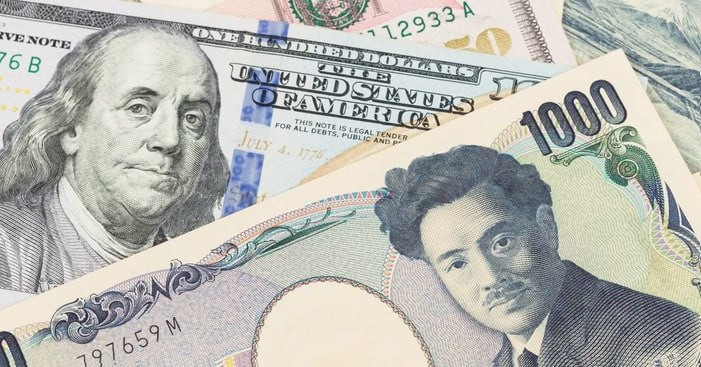See also


 23.07.2025 01:23 PM
23.07.2025 01:23 PMThe Japanese yen halted its intraday decline after Prime Minister Shigeru Ishiba downplayed the significance of recent media reports suggesting his resignation.
News from Japan and the United States continues to have a significant impact on the dynamics of the USD/JPY pair. Prime Minister Shigeru Ishiba denied rumors about his resignation, helping to reduce political uncertainty and support the yen. At the same time, the announcement by U.S. President Donald Trump of a trade agreement with Japan—which includes mutual tariffs of 15% and opens the Japanese market to vehicles, rice, and other agricultural products—eased concerns over the negative consequences of high U.S. tariffs. This has supported the yen's strength against the dollar for the third consecutive day.
However, the domestic political environment in Japan remains tense: the ruling coalition of the Liberal Democratic Party and the Komeito party failed to secure a majority in the upper house elections. This outcome may weaken the government's influence and deter the Bank of Japan from raising interest rates, fostering caution among yen supporters. Meanwhile, Bank of Japan Deputy Governor Shinichi Uchida reaffirmed the central bank's readiness to raise the key interest rate if certain conditions are met.
Today, to identify better trading opportunities, market participants should wait for the release of U.S. existing home sales data. However, primary attention should be given to the preliminary PMI indices, which could influence broader risk sentiment.
From a technical standpoint, spot prices are showing some stability below the 100-day Exponential Moving Average (EMA). This calls for caution among sellers, especially since oscillators have not yet entered negative territory. As a result, buying could lift prices toward the 147.60 level, with a potential move toward the psychological barrier of 148.00. A sustained breakout above this level would invalidate any short-term bearish outlook, opening the way for a further rise to the next psychological level of 149.00, with intermediate resistance near 148.65 or the weekly high.
On the other hand, the 100-day EMA around 146.50 is currently preventing an immediate decline, followed by the Asian session low near 146.20. Renewed selling below the 146.00 round level could act as a fresh bearish trigger. In this case, the USD/JPY pair may become vulnerable to an accelerated decline toward the psychological level of 145.00.
You have already liked this post today
*The market analysis posted here is meant to increase your awareness, but not to give instructions to make a trade.

